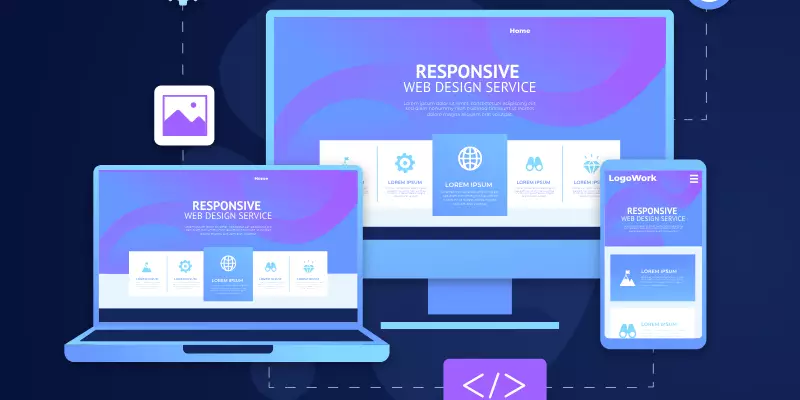Building a website is like building a house: it requires a clear plan, the right tools, and a step-by-step approach. To make your online project successful, you need to understand the main stages of website development. This article describes the seven main stages of website development.
1. Planning and Analysis
The foundation of a website is laid long before the actual "construction" begins. This stage is about preparation and strategy. At this stage, project managers and stakeholders come together to define the purpose and target audience for the site. Key questions are addressed: What are the goals of the site? Who will visit it? What content will be published on it? A technical specification with a list of pages and functionality is created.
For better visualization, diagrams and page prototypes can be created and used in the design process. Prototyping allows you to model the user's path to achieve goals on the site. The goals can be different - buying a product, getting information, or downloading an application.

2. Create a design
With the groundwork laid, it's time to bring the site to life visually. Visualization is an important stage because the first thing a visitor sees when they come to a website is its design. The designer starts with a prototype based on the technical specifications, drawing the future structure, placement of buttons, banners and graphic elements. In the case of redesigning a site, similar actions are taken regarding the planned adjustments.
The specialist also chooses fonts and colors that will match the theme of the site. When the first pages of the design are drawn, the designer sends the layouts to the client for review to make sure they meet the client's expectations. When the design is complete, it is also sent to the client for approval. It is very important that all changes are made in the design, as this will greatly speed up the layout process.

3. Development
After the design is created, the development stage begins, when the site becomes functional. This stage is divided into two main parts: front-end and back-end development. Front-end development involves turning a design into a live website using HTML, CSS, and JavaScript. This is the part of the website that users see and interact with. Back-end development, on the other hand, deals with what happens behind the scenes - server-side operations, database management, and application logic, often using languages such as Python, PHP, or Ruby.
4. Content Creation
In the digital world, content is king. This stage involves the creation and integration of textual content, images, video, and any other media that will be part of the website. It is critical not only for user engagement, but also for search engine optimization (SEO). Well-designed, SEO-friendly content can help improve a website's visibility and rankings on search engines such as Google.
5. Testing and Review
Before a website is launched, it must be thoroughly tested. This includes functionality testing, usability testing, and cross-browser and cross-device compatibility testing. The goal is to ensure that the site runs smoothly and without errors. Any issues that arise during this phase are resolved to ensure that the site works properly.
6. Launch
The launch phase is the culmination of all the hard work. It involves moving the website from the local server to a live server. Domain registration and hosting play an important role here. Before the launch, checks are made to ensure that everything is working properly, and then the site becomes available to users.

7. Maintenance and Updates
The journey doesn't end with the launch. Websites require regular maintenance to ensure that they remain relevant and secure. This includes updating content, fixing bugs, and adding new features or design elements as needed. Regular updates help keep the site relevant and engaging for users.
Conclusion
The website development process is a complex but rewarding journey. Each stage, from planning to maintenance, plays a critical role in creating a successful online presence. By understanding and respecting each phase, developers and business owners can ensure that their site not only looks great, but also performs well in the digital world.
